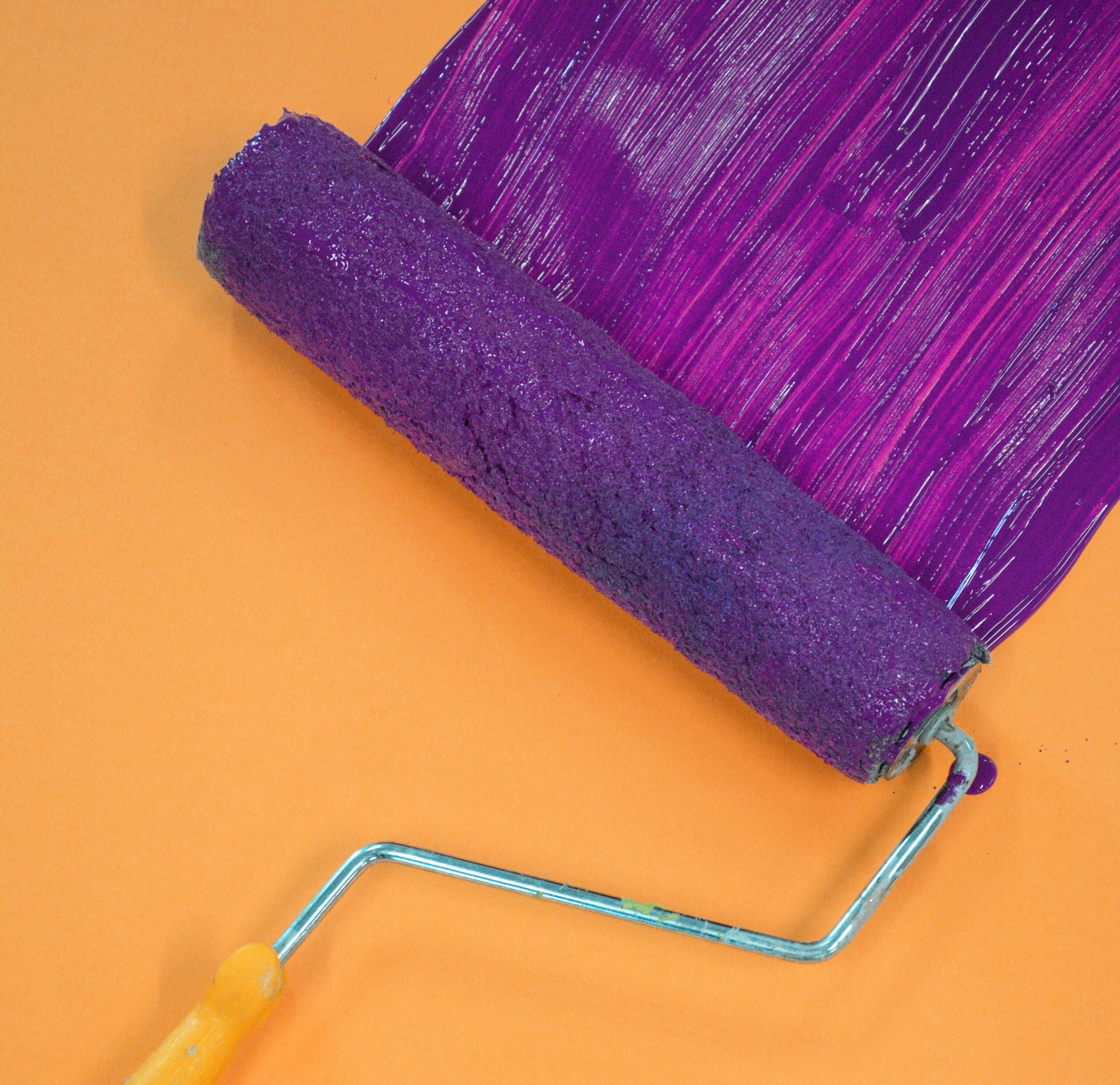
Every landlord knows that repairs and maintenance are a part of everyday life for a property owner. Plus, staying competitive requires periodic improvements and renovations. But amidst the melee of all those changes, renters may request other changes to their rental units. They may ask you to install a deadbolt out of the toddler’s reach or repaint a bedroom to welcome their new bundle of joy. Should you let them change your unit to their liking, or should you say, “No”?
Often, these questions fall squarely into a gray area. But before we take a deep dive into the details, let’s define some essential terms:
Unauthorized changes — When a renter changes the unit from its original state without your permission.
Repairs — Routine upkeep and maintenance that you plan to handle.
Improvements — Anything beyond normal repairs is a property improvement.
Upgrades — Upgrades involve updating paint, carpets, and appliances to remain current with technology and modern style.
Landlords generally pay for repairs and upgrades, while renters pay for unauthorized changes and improvements. But sometimes, an improvement may overlap with a needed upgrade, causing the property owner to foot the bill. Now, experience has taught us there are exceptions to every rule. So, think ahead and make sure your lease spells out the crucial question of who pays in each instance.
Your lease should also cover the following situations, so you aren’t caught flat-footed:
Nonessential Improvements
Anything beyond normal repairs is an improvement. The improvement is nonessential if you do not need to complete the improvement as part of a larger renovation project. In this case, you have a couple of options. You can (a) complete the work and charge the tenant or (b) allow the tenant to plan and pay for the work himself. But if the renter changes the unit without your permission, you may keep his security deposit when he leaves. You may then use the funds to return the unit to its original state.
Purposeful or Careless Damage
Also, ensure your lease provides for willful or accidental damage. While the tenant may be willing to live with holes punched in the wall or collapsed brickwork due to ineffective car brakes, his successor may not. If you let the renter stay, the lease should require him to return the unit to its original state within a specific timeframe . . . and at his own expense. If the renter must leave the unit, retain his security deposit to pay for damages. If the damage exceeds the value of the security deposit, your lease should define your legal rights to pursue further compensation. While intentional damage is an extreme example of changes made to rental units, it’s a possibility you must consider.
Landlord Rights
But whether the tenant is careless or careful with your property, he may eventually move. Be sure your lease stipulates that the landlord keeps all improvements when the tenant leaves. If any changes devalue the property, the landlord may keep all or part of the security deposit to return the property to its original status. Therefore, the security deposit should be significant enough to cover possible expenses.
Whether or not you should let tenants change your property is a tricky question. Be sure you know the difference between common property changes. Also, ensure that your lease covers unforeseen issues as well as your legal rights.
About Rentals America
Rentals America provides full-service property management for residential rental properties. Our team is completely dedicated to property management, and we’re here to help landlords navigate the rental market.










